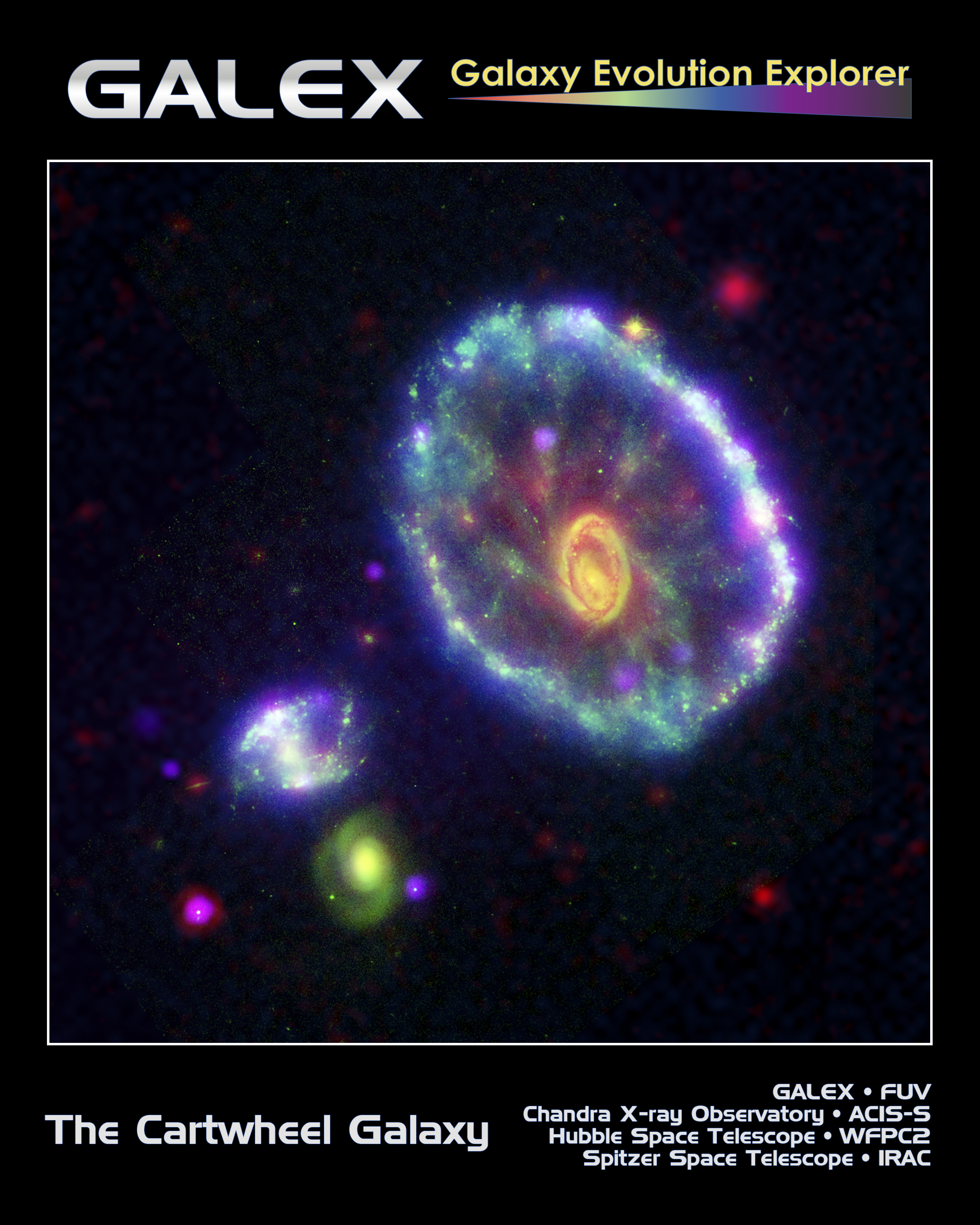Please login in order to download photos in full size
If you are not registered, please register for free: www.Free-Photos.biz/register
Please note to download premium images you also need to join as a free member..
You can also save the photos without the registration - but only in small and average sizes, and some of them will have the site's watermark. Please simply click your right mouse button and save the image.
Please login in order to like photos
If you are not registered, please register for free:
Sorry, non-members can download up to 1100 full-size photos per month.
It looks like you have used up your limit.
Free members can download an unlimited number of full-size photos - including the premium free photos.
Join as a member today for FREE! - and download the images without limitations:
www.Free-Photos.biz/membership.php
You can also save the images without the membership - but only in small and average sizes, and some of them may have the site's watermark. Please simply click your right mouse button and save the image.

|
This is a premium free photo
This photo was viewed 2 times and was downloaded in full size 2 times.
This photo was liked 0 times
If you are a member, please login in order to see the source link of the above image.
Summary
| Description |
English: This false-color composite image shows the Cartwheel galaxy as seen by the Galaxy Evolution Explorer's Far Ultraviolet detector (blue); the Hubble Space Telescope's Wide Field and Planetary Camera-2 in B-band visible light (green); the Spitzer Space Telescope's Infrared Array Camera (IRAC) at 8 microns (red); and the Chandra X-ray Observatory's Advanced CCD Imaging Spectrometer-S array instrument (purple).
Approximately 100 million years ago, a smaller galaxy plunged through the heart of Cartwheel galaxy, creating ripples of brief star formation. In this image, the first ripple appears as an ultraviolet-bright blue outer ring. The blue outer ring is so powerful in the GALEX observations that it indicates the Cartwheel is one of the most powerful UV-emitting galaxies in the nearby universe. The blue color reveals to astronomers that associations of stars 5 to 20 times as massive as our sun are forming in this region. The clumps of pink along the outer blue ring are regions where both X-rays and UV radiation are superimposed in the image. These X-ray point sources are very likely collections of binary star systems containing a blackhole (called Massive X-ray Binary Systems). The X-ray sources seem to cluster around optical/UV bright supermassive star clusters. The yellow-orange inner ring and nucleus at the center of the galaxy result from the combination of visible and infrared light, which is stronger towards the center. This region of the galaxy represents the second ripple, or ring wave, created in the collision, but has much less star formation activity than the first (outer) ring wave. The wisps of red spread throughout the interior of the galaxy are organic molecules that have been illuminated by nearby low-level star formation. Meanwhile, the tints of green are less massive, older visible light stars. Although astronomers have not identified exactly which galaxy collided with the Cartwheel, two of three candidate galaxies can be seen in this image to the bottom left of the ring, one as a neon blob and the other as a green spiral. Previously, scientists believed the ring marked the outermost edge of the galaxy, but the latest GALEX observations detect a faint disk, not visible in this image, that extends to twice the diameter of the ring. |
| Date | |
| Source | https://www.galex.caltech.edu/media/glx2006-01r_img01.html |
| Author | NASA/JPL-Caltech/P. N. Appleton (SSC-Caltech) |
Licensing
| This file is in the public domain because it was solely created by NASA. NASA copyright policy states that "NASA material is not protected by copyright unless noted". (See Template:PD-USGov, NASA copyright policy page or JPL Image Use Policy.)
|
|
 |
Warnings:
|
Public Domain
| EXIF data: | |
| File name | composite_of_the_cartwheel_galaxy.jpg |
|---|---|
| Size, Mbytes | 3.73426171875 |
| Mime type | image/jpeg |
| Orientation of image | 1 |
| Image resolution in width direction | 300 |
| Image resolution in height direction | 300 |
| Unit of X and Y resolution | 2 |
| Color space information | 65535 |
| Exif image width | 2400 |
| Exif image length | 3000 |
| Software used | Adobe Photoshop CS3 Macintosh |
While the copyright and licensing information supplied for each photo is believed to be accurate, Free-Photos.biz does not provide any warranty regarding the copyright status or correctness of licensing terms. If you decide to reuse the images from Free-Photos.biz, you should verify the copyright status of each image just as you would when obtaining images from other sources.
The use of depictions of living or deceased persons may be restricted in some jurisdictions by laws regarding personality rights. Such images are exhibited at Free-Photos.biz as works of art that serve higher artistic interests.
PRIVACY POLICY
By registering your account and/or by subscribing to new and newly rated photographs you agree we may send you the links to photos and we may occasionally share other information with you.
We do NOT disclose your personal data.



